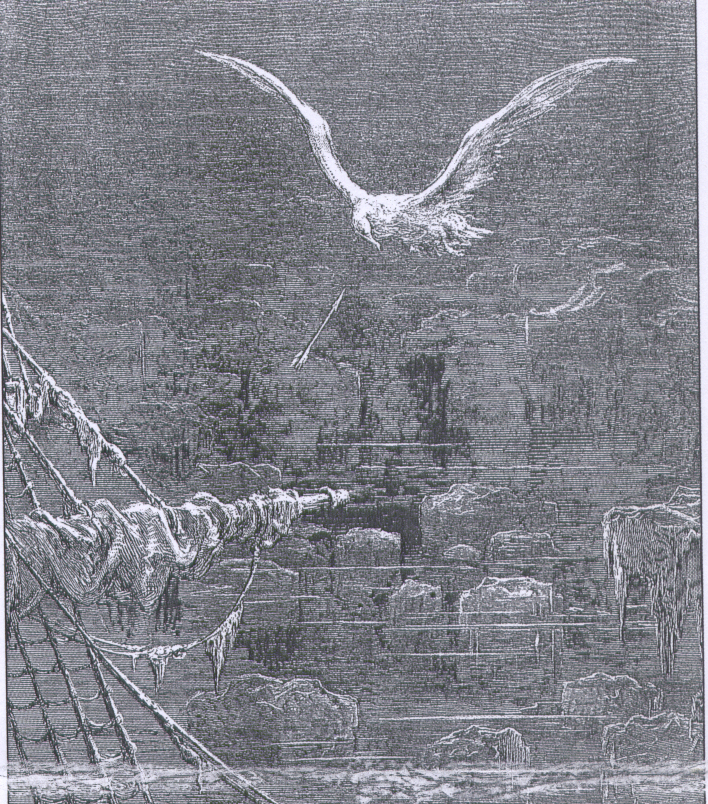
I found a short passage, only one sentence, that really spoke to me. Eerily enough, I just opened the book and turned to page 125. The first sentence that I saw (about midway through the page) really caught my eye. It goes "And uses noclass billiardhalls with an upandown ladder?" Instantly I thought about my job as manager of the Rec. Center in the SUB basement. Between this class and my capstone class which gets over an hour earlier I will often run over there to try and get some stuff done before returning to Wilson. Aha! The "noclass" refers to this time when I literally have no class and the billiardhall is a reference to the Rec. Center.
It gets even creepier though. Recently (about in November of last semester) I have been complaining to my parents and my girlfriend about how tough it is going from the highbrow world of literature classes directly to managing a billiard hall with all it's petty, paper-pushing concerns. It seems that right when I'm getting into a fascinating discussion of lit. I have to vacate my pursuits and go fix something over there. This HAS TO refer to the "upandown ladder". Literature is a way of elevating my intellect while managing the billiard hall really degrades it. This doubles the "noclass" meaning too. It adds a layer, in my context, of meaning "without refinement". Basically, I am on this ladder between here and the SUB where I move in between highbrow and lowbrow within minutes!
Perhaps I'm crazy. But it really doesn't feel like it. I read the passage and for an instant everything made sense. I felt the "meaning" of the passage and it spoke to me. Needless to say, today I'm staying in Wilson and writing this blog!... THEN it's off to climb the downladder into the noclass billiardhalls.








